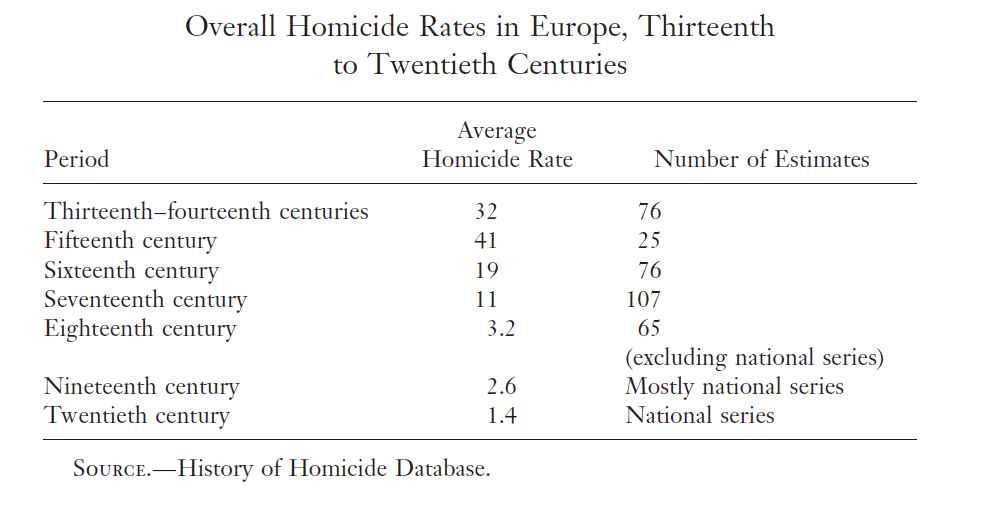Month: June 2011
Does this technique reliably increase your fluid intelligence?
I am passing this along without endorsing it (travel prevents me from going through the research):
The n-back task involves presenting a series of visual and/or auditory cues to a subject and asking the subject to respond if that cue has occurred, to start with, one time back. If the subject scores well, the number of times back is increased each round. The task can be done with dual auditory and visual cues, or with just one or the other.
A few years ago, Jonides and his colleagues Martin Buschkuehl, Susanne Jaeggi, and Walter Perrig demonstrated that dual n-back training increased performance on tests of fluid intelligence. But the current work extends that finding in several ways.
“These new studies demonstrate that the more training people have on the dual n-back task, the greater the improvement in fluid intelligence,” Jonides said. “It’s actually a dose-response effect. And we also demonstrate that the much simpler single n-back training using spatial cues has the same positive effect.”
In the so-called real world, who actually gets this kind of training?:
According to Jonides, the n-back task taps into a crucial brain function known as working memory—the ability to maintain information in an active, easily retrieved state, especially under conditions of distraction or interference. Working memory goes beyond mere storage to include processing information.
For the pointer I thank MR commentator JamieNYC.
Assorted links
What is the evidence on whether cell phones can cause cancer?
The World Health Organization is publicizing this idea (pdf), but to me the evidence still does not look very strong at all. Chat away. Hat tip goes to Mocost on Twitter.
Long Term Trends in Homicide Rates
Here is a graph of American homicide rates, the earlier results should be taken with a grain of salt of course, but the trend is clear. N.B. These rates are per 100,000.

The American data is consistent with European data. Here is Table 2 from Manuel Eisner’s Long-Term Historical Trends in Violent Crime. Do note that some correction should be made for the fact that violence is less lethal when people are healthier and medical care is more effective.
The bottom line is that there has been a big and welcome decrease in homicide rates in Europe and America over the past several centuries. To put these numbers in perspective, however, note that the homicide rate in New Orleans today is 52 per 100,000 and in Detroit it’s 40 per 100,000 so even with a lower average there is lots of variation. Brazil today is around 22 per 100,000 not too far from America in the 19th century. The homicide rate in El Salvador is 71 per 100,000, in Jamaica (!) 60 per 100,000 and in Honduras 67 per 100,000 — all higher than fifteenth century Europe. Thus, the past was a more violent place but not so violent as to be unknown to the present.
Hat tip: Tim Harford.
The culture that is Taco Bell (cheap chalupas edition)
This article is superb throughout, here is one excerpt:
Every Taco Bell, McDonald’s (MCD), Wendy’s (WEN), and Burger King is a little factory, with a manager who oversees three dozen workers, devises schedules and shifts, keeps track of inventory and the supply chain, supervises an assembly line churning out a quality-controlled, high-volume product, and takes in revenue of $1 million to $3 million a year, all with customers who show up at the front end of the factory at all hours of the day to buy the product. Taco Bell Chief Executive Officer Greg Creed, a veteran of the detergents and personal products division of Unilever (UL), puts it this way: “I think at Unilever, we had five factories. Well, at Taco Bell today I’ve got 6,000 factories, many of them running 24 hours a day.”
…When I take my place on the line and start to prepare burritos, tacos, and chalupas—they won’t let me near a Crunchwrap Supreme—it is immediately clear that this has been engineered to make the process as simple as possible. The real challenge is the wrapping. Taco Bell once had 13 different wrappers for its products. That has been cut to six by labeling the corners of each wrapper differently. The paper, designed to slide off a stack in single sheets, has to be angled with the name of the item being made at the upper corner. The tortilla is placed in the middle of the paper and the item assembled from there until you fold the whole thing up in the wrapping expediting area next to the grill. “We had so many wrappers before, half a dozen stickers; it was all costing us seconds,” says Harkins. In repeated attempts, I never get the proper item name into the proper place. And my burritos just do not hold together.
With me on the line are Carmen Franco, 60, and Ricardo Alvarez, 36. The best Food Champions can prepare about 100 burritos, tacos, chalupas, and gorditas in less than half an hour, and they have the 78-item menu memorized. Franco and Alvarez are a precise and frighteningly fast team. Ten orders at a time are displayed on a screen above the line, five drive-thrus and five walk-ins. Franco is a blur of motion as she slips out wrapping paper and tortillas, stirs, scoops, and taps, then slides the items down the line while looking up at the screen. The top Food Champions have an ability to scan through the next five orders and identify those that require more preparation steps, such as Grilled Stuffed Burritos and Crunchwrap Supremes, and set those up before returning to simpler tacos and burritos. When Alvarez is bogged down, Franco slips around him and slides Crunchwrap Supremes into their boxes. For this adroit time management and manual dexterity, Taco Bell starts its workers at $8.50 an hour, $1.25 more than minimum wage.
